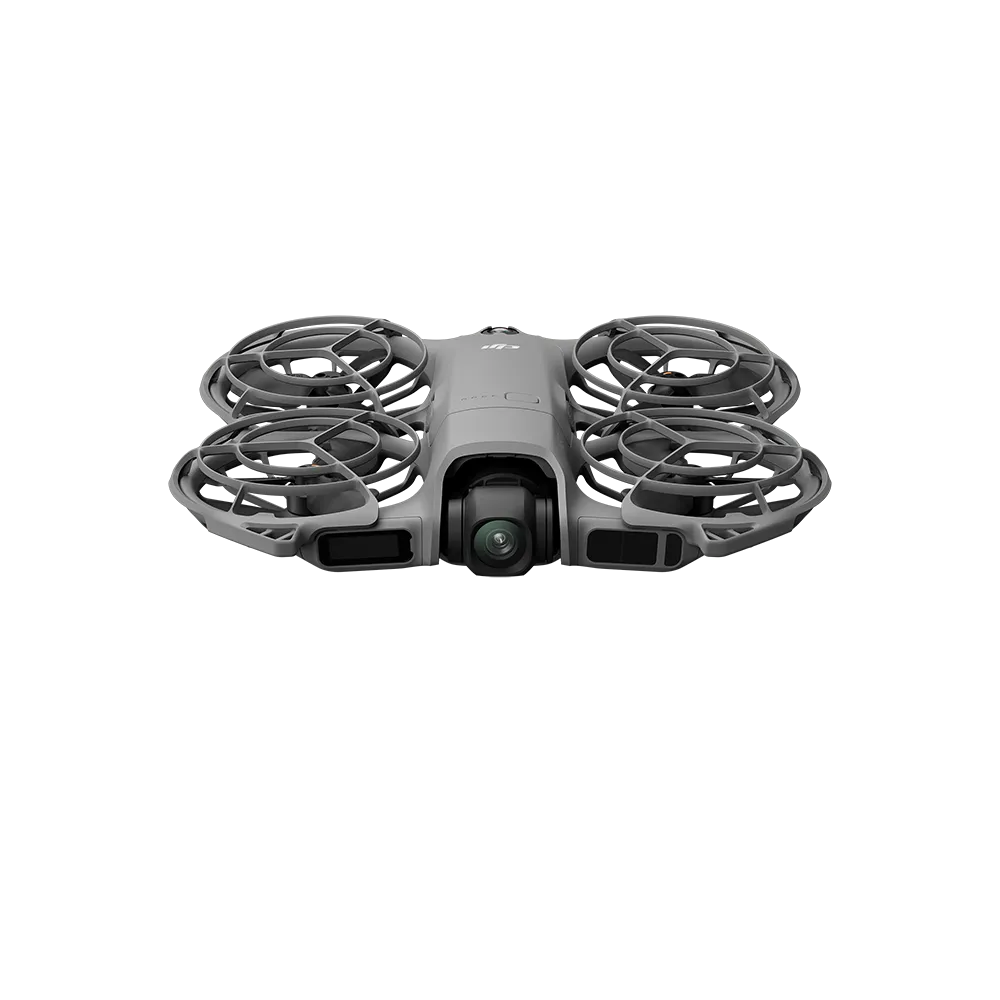DJI Neo 2 - a new drone DJI
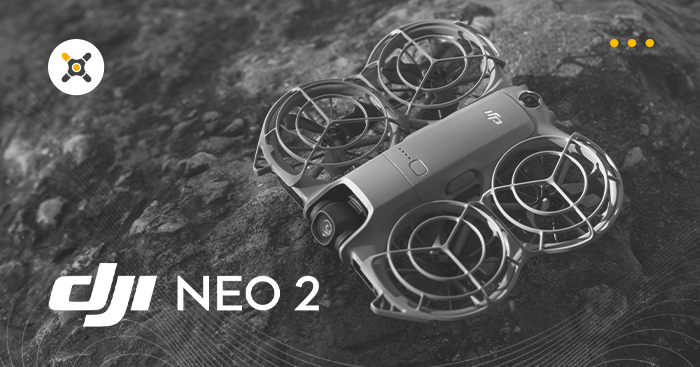
Premiere of DJI Neo 2 is an interesting novelty presented at the end of 2025. Come the drone retains the compact form and lightness of its predecessor, but inside changes have been made that significantly affect the quality of the equipment. In this article we take a step-by-step look at the DJI Neo 2 from construction to specifications, ending as always with a hardware summary. If you are curious about what has really changed in DJI Neo 2 and whether it is worth going for it, please read on.
Construction of the Neo 2 drone
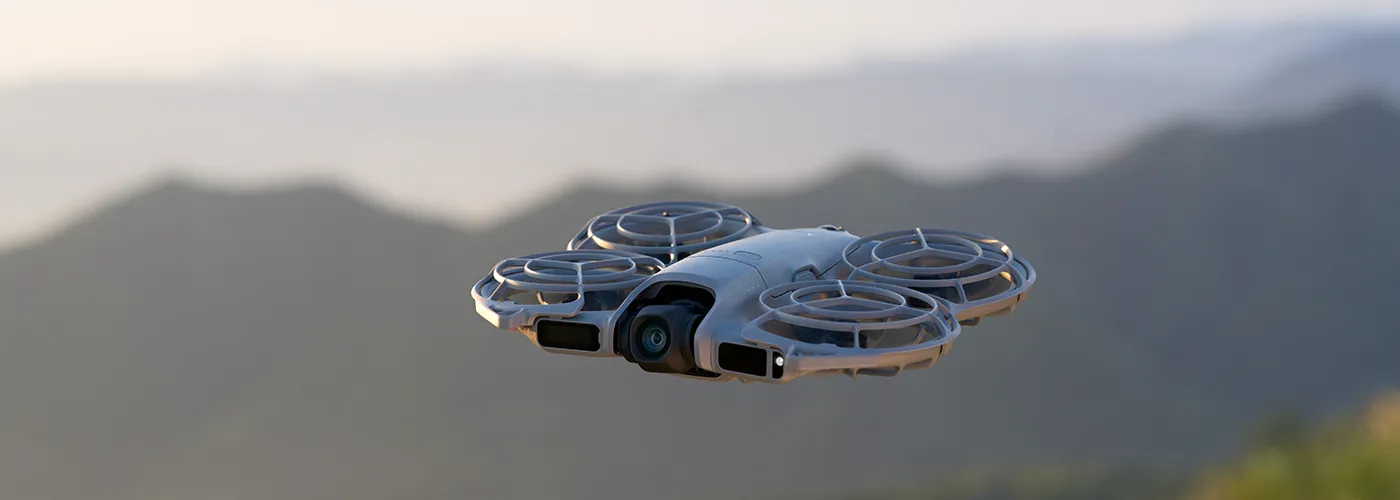
In terms of design DJI The Neo 2 is a small drone weighing 151 grams, which is slightly larger and more robust than its predecessor. Dimensions of the new model are 167×171×54 mm (with digital transmitter and propeller guards). The difference may seem small, but it translates into better stability in flight and greater wind resistance (up to 10.7 m/s).
DJI The Neo 2 has gained an omni-directional vision system and a LiDAR sensor on the front to support real-time obstacle detection. In practice, the drone has a better orientation in space, has much more accurate tracking and can maneuver safely even in narrow places. Here it is worth noting that LiDAR is in front, so flying sideways and backwards is worth flying more carefully.
Also new is a status screen located on the frame at the front of the drone. A very convenient solution, in the competing model HoverAir, the screen is located on top and when the drone takes off there is no way to read it. Here, too, at longer distances, it will work on average, but we always have longer control. You can also check the current mode and status of the device without having to look at your phone. In addition, buttons have been added to change the left-right mode, so you don't have to click, over and over as you bypass the mode.
Although the Neo 2 still falls into the C0 category (under 250 g), its design is more thoughtful and "grown-up". The drone is minimally larger, but this makes it more stable, safe and secure in flight.
Quality of photos and recordings DJI Neo 2

The DJI Neo 2 uses a lens with an f/2.2 aperture, which, relative to its predecessor, allows for brighter shots. It's a bit of a shame that they didn't put in a 1/1.3 inch sensor like in, say, the DJI O4 Unit Pro and stayed with a 1/2 inch diagonal. For that, the new 2-axis mechanical gimbal, works with RockSteady stabilization, giving much more stable shots than before.
There is also a wider viewing angle of 119.8° and a dvertical filming in 2.7K has been added. It's a feature that makes drone footage instantly publishable in reports or shorts, without the need for cropping. The 9:16 format here is not an add-on, but a full-fledged mode, with full image quality preserved.
Neo 2 range and flight time
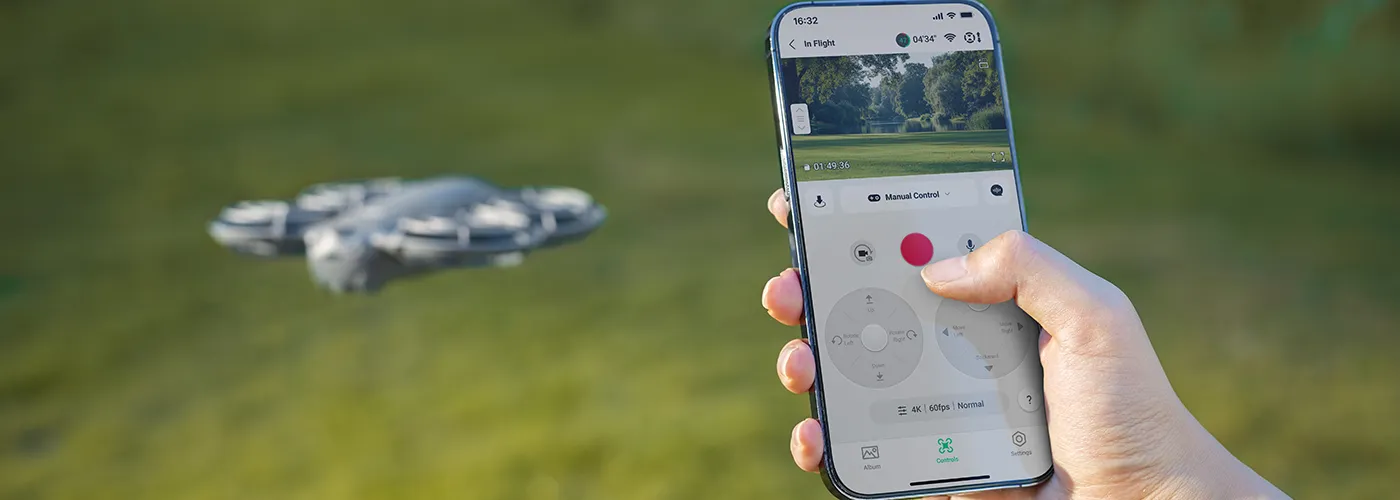
The Neo 2 has very similar performance to the Neo. Flight time has been increased slightly - to about 19 minutes, which is mainly due to the use of a higher capacity battery. In practice, this means a maximum of several additional shots per flight. The range remained the same - up to 6 km, while transmission stability and resistance to interference were improved. Neo 2 better maintains connection in denser terrain. However, it is worth noting the increased wind resistance - from 8 m/s to 10.7 m/s. This is one real change that translates into more secure hovering and less drifting in more difficult conditions.
Charging just got more convenient, too - the new two-way hub supports three batteries simultaneously and works with chargers up to 65 watts.
Neo 2 support and built-in memory

The Neo 2 is designed to make operation as simple as possible - without having to reach for additional accessories. The drone can be launched and launched directly from the palm of your hand, and is controlled not only by the camera, but also by gestures and voice commands. With just the right hand movement or a short phrase, the Neo 2 can change the direction of flight or start recording.
For users who prefer classic control, there is still the DJI Fly application with virtual joysticks and cooperation with the DJI RC-N3 controller. Keep in mind that using a standard drone controller, it offers much greater range and stability of live transmission in 1080p/60FPS quality.
49 GB of built-in memory - more than double that of the previous version, so definitely on the plus side. However, it is a pity that we do not have the option to insert a memory card.
Drone specifications DJI Neo 2
| Drone |
|
| Weight | 151 g without digital transmitter 160 g with digital transmitter |
| Class of drone | C0 |
| Max. flight time | 19 min |
| Camera | 1/2" 12 MP |
| Camera | 4K/60 fps |
| Gimbal | 2-axis |
| Range | up to 6 km |
| Obstacle detection sensors | Multidirectional monocular vision system, combined with a lower infrared sensor and a forward-facing LiDAR sensor |
| Maximum speed | 43.2 km/h |
| Wind resistance | 38.52 km/h |
| Operating temperature | -10° to 40° C |
| Internal memory | 49 GB |
| Compatible with screen controller DJI RC | Yes |
| Price for Fly More Combo | 1849 zł |
DJI Neo 2 price and availability
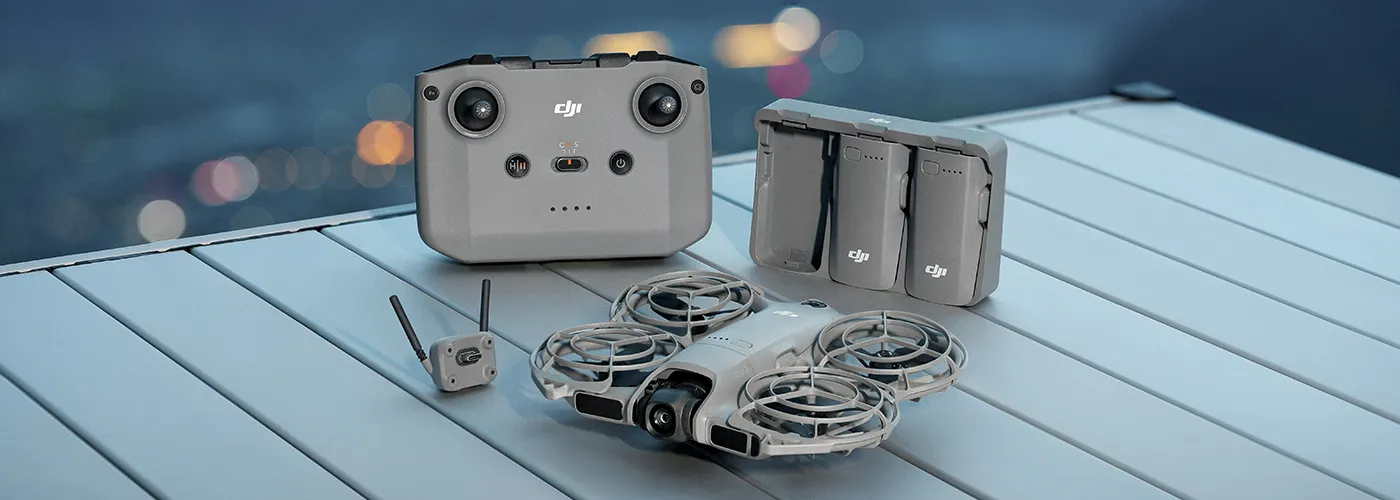
DJI The Neo 2 is available in four variants. Each set is designed for different audiences, so that everyone will find "something" for themselves:
- Drone DJI Neo 2 - pLN 1099.00 - the most basic kit, including a drone, perfect to get started, for a gift, or when we don't know if flying a drone is for us and if we'll get into the hobby
- DJI Neo 2 Fly More Combo - pLN 1849.00 - full kit, drone with RC-N3 controller allowing much longer control range, 3x batteries and charging hub
- DJI Neo 2 Fly More Combo (Drone Only) - pLN 1529.00 - extended kit with drone, 3 batteries and hub but without controller
- DJI Neo 2 Motion Fly More Combo - pLN 2649.00 - set for people who want to try it fPV drones, with drone, motion controller, 3x batteries, hub and goggles
If you don't know which set will work for you, please visit contact, we will advise with the choice and answer questions :)
*Price current as of release date 13.11.2025, subject to change at a later date.
Summary

The manufacturer has focused on fine-tuning the details - pframed the quality of the camera, stabilization and sensor system, further simplifying the operation, and with such a small weight of the drone, this is really a great achievement.
The drone handles wind better than its predecessor and has more advanced tracking modes thanks to LiDAR. Control using the app has significantly improved range and as an added bonus there is an option to issue gesture commands. These changes have a very positive effect on flight comfort and give you a sense of confidence when using the drone.
Finally, it is worth noting that the Neo is not a drone that is supposed to break performance records, but it will perform perfectly as:
- Drone for tracking - liDAR sensor + omnidirectional system, is currently the best system on the market when it comes to obstacle avoidance and tracking in a drone
- Introduction to the world of drones, one just in time to start the adventure
- Daily companion - it is often the case that once we fly the drone, the shots escape us because we just didn't take the equipment, and you can always have this one with you
DJI The Neo 2 shows that even small equipment can be steeped in technology and give you the satisfaction of recording and flying.
